Help your company shift to a digital culture
A Strategic Guide to Empowering People, Platforms, and Processes in the Digital Era
Digital transformation is no longer a buzzword—it’s a business imperative. But while many companies invest heavily in technologies like cloud computing, AI, or CRM platforms, the real transformation fails if one key ingredient is missing: digital culture.
A true digital culture goes beyond tools. It’s about changing how people think, work, collaborate, and make decisions. Here’s how organizations can help their teams—and themselves—shift into a digitally-driven mindset.
1. Start with the Leadership Mindset
A digital culture starts at the top. According to MIT Sloan Management Review and Deloitte, companies where leadership actively champions digital culture are 5x more likely to be successful in digital transformation (MIT Sloan, 2020).
What leaders should do:
-
Model digital behaviors: Use collaborative platforms, adopt data-driven decision-making, and visibly engage in innovation.
-
Communicate a digital vision: Clearly articulate how digital transformation ties to the organization’s mission and values.
-
Reward experimentation: Promote a mindset of continuous learning, even if it involves failure.
2. Empower People, Not Just Platforms
Tools don’t transform culture—people do. Companies must upskill teams and encourage digital confidence at all levels.
Steps to take:
-
Invest in digital literacy training: Ensure employees are confident using tools like cloud apps, data dashboards, or virtual collaboration platforms.
-
Create digital champions: Identify early adopters in each department to mentor peers and spread digital behaviors.
-
Make tech human: Simplify interfaces, reduce jargon, and focus on ease of use.
A 2022 report by PwC found that 74% of employees are willing to learn new skills or retrain—but only 33% feel supported by their employers (PwC Future of Work).
3. Promote Agility and Experimentation
Digital culture thrives in agile environments—where teams are empowered to test, learn, and pivot fast.
Foster this by:
-
Creating cross-functional squads: Break silos by combining marketing, IT, operations, and customer support to solve real problems together.
-
Adopting agile methodologies: Use tools like Scrum or Kanban to accelerate iteration and transparency.
-
Celebrating smart risks: Make learning from failures part of your cultural DNA.
4. Redesign Internal Communication for the Digital Age
Old communication habits (long emails, status meetings, slow approvals) block speed and innovation. Shift to real-time, transparent communication.
Tactics:
-
Use tools like Slack, Microsoft Teams, or Notion to centralize knowledge and encourage async workflows.
-
Encourage video storytelling instead of long documents (e.g., Loom updates, video walkthroughs).
-
Build a feedback culture through digital surveys, pulse checks, and employee listening platforms.
5. Embed Data in Every Decision
Digital culture means shifting from opinions to insights.
Encourage a data-driven culture by:
-
Giving all employees access to relevant, real-time data dashboards.
-
Offering data literacy workshops to help teams interpret and apply data.
-
Recognizing teams that act on insights—not just instincts.
According to Forrester, insight-driven businesses are growing at an average of 30% annually, and are predicted to take $1.8 trillion in market share by 2025 (Forrester, 2023).
6. Make Culture Visible, Measurable, and Reinforced
Culture can’t be managed by slogans. You must measure it, model it, and reinforce it through systems.
-
Tie digital behaviors to performance metrics.
-
Embed digital values in recruitment and onboarding.
-
Highlight success stories in internal communications.
Create rituals that reinforce digital values—e.g., weekly innovation demos, recognition for process automation, or gamified digital learning challenges.
Table of content
- Help your company shift to a digital culture
- A Strategic Guide to Empowering People, Platforms, and Processes in the Digital Era
- 1. Start with the Leadership Mindset
- 2. Empower People, Not Just Platforms
- 3. Promote Agility and Experimentation
- 4. Redesign Internal Communication for the Digital Age
- 5. Embed Data in Every Decision
- 6. Make Culture Visible, Measurable, and Reinforced

